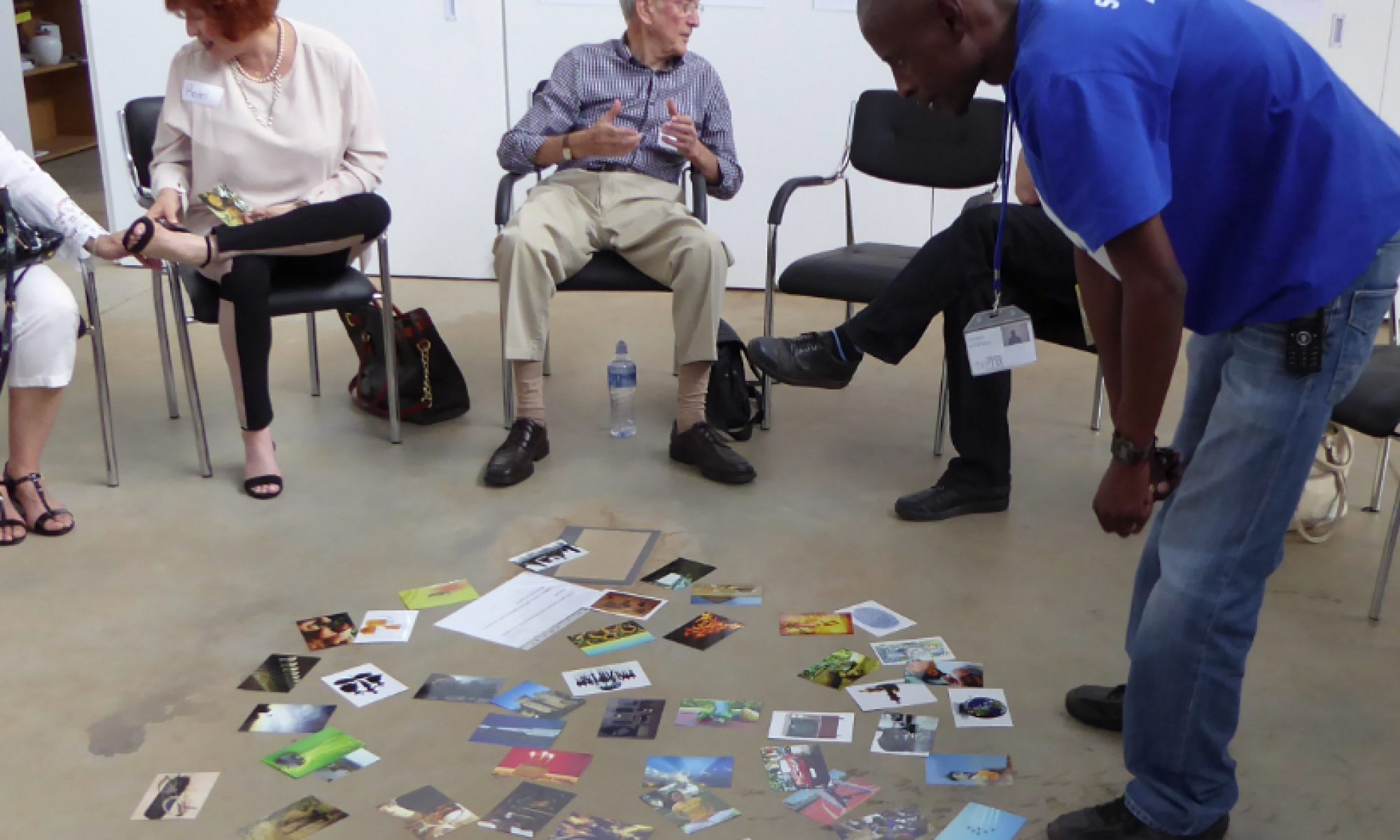You are invited to catch flying pigs with us
In-person pig catching in Johannesburg
Topic: How do I stay connected to presence and people when I need to make decisions and take action from moment to moment?
Date: Friday 31 May
Time: 7:30 am – 10:00 am
Place: Floor 21, University Corner, above Wits Art Museum, Corner of Jan Smuts and Jorissen, Braamfontein (parking can be booked 8 days in advance)
Facilitators: Petro Janse van Vuuren,
Dress: Comfortable clothes you can stretch and move in
RSVP: by Wed 29 Mayto petro.jansevanvuuren@wits.ac.za (unless you want parking, then let me know as soon as possible- it needs to be booked the week before)
Donation: (Optional) R280 to paypal.me/PlayingMantis
Live online pig catching in a Zoom room
Topic: How do I stay connected to presence and people when I need to make decisions and take action from moment to moment?
Date: Friday 31 May
Time: 2:30 pm – 4:00 pm
Place: In Zoom room with ID: 2828282259
Facilitators: Petro Janse van Vuuren
Dress: Comfortable clothes you can stretch and move in
RSVP: by Wed 27 Feb to petro.jansevanvuuren@wits.ac.za
Donation: (Optional) R280 to paypal.me/PlayingMantis
More about the topic
In spite of the growing popularity of mindfulness based programmes (MBP’s) in leadership and organisation development contexts, studies have highlighted various shortcomings. Many of these relate to the seeming incompatibility between the ethical and spiritual roots of Buddhist contemplative practise and the strategic aims of the organisation and existing culture where it is to be implemented. Most notable is the inability of contemporary mindfulness practise to account for the inherent strategic, action oriented or embodied, nature of leadership. In response, many MBP’s incorporate practices draw from other fields and sources, such as Applied Improvisation (AI), allowing programmes to address the particular needs and requirements of the organisational context. AI proves to be particularly suited to the leadership context leveraging its interpersonal dimension and action oriented nature. The study argues that this action orientation, or embodied nature, of applied improvisation is inherently mindful because of its immersion in presence awareness and openness drawing on the sense of resonance between participants for the interpersonal dimension.
Come feel what such resonance is like, how to achieve it and how to use it as springboard for strategic, mindful action.
Side note: I will be presenting on this topic at the Global Improvisation Initiative Symposium in London this week. Are you coming by any change?
What does it mean to catch flying pigs? Look at this : https://prezi.com/jxgstjc_ckmx/about-pig-catching/




